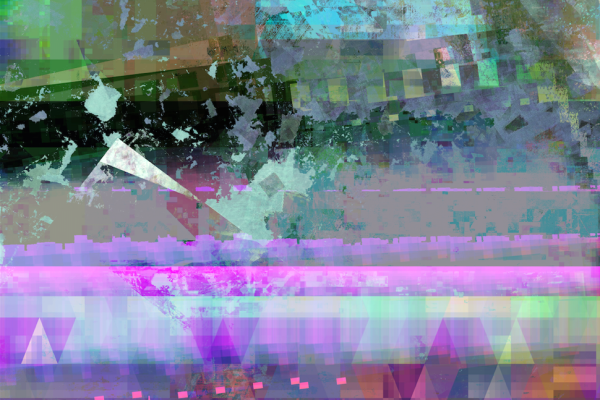Similar to a beautiful fall morning, Kari Fisher’s textile designs deliver nostalgic light, color and a 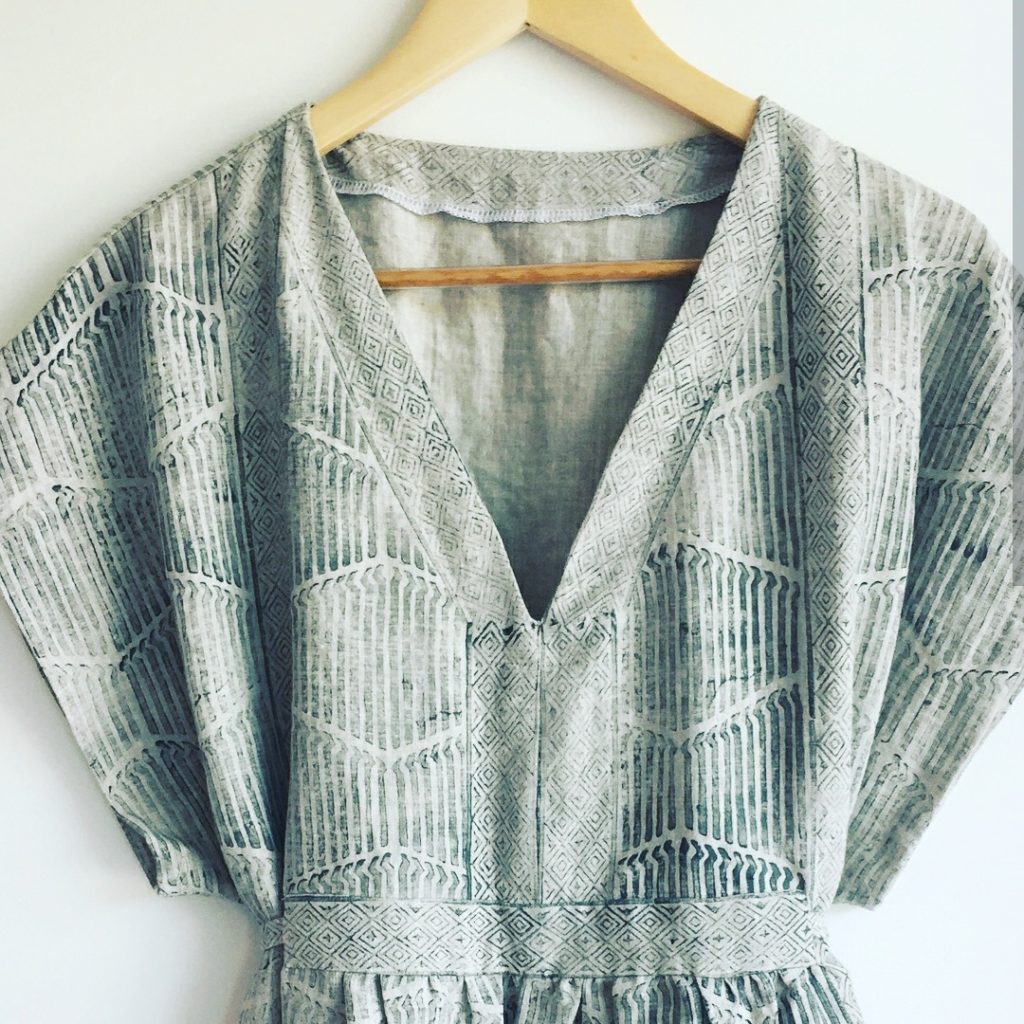 breath of fresh air. Inspired by design history and travel, each piece has a connection to the past, aims to evoke a memory, and carries inspirations from travels around the world.
breath of fresh air. Inspired by design history and travel, each piece has a connection to the past, aims to evoke a memory, and carries inspirations from travels around the world.
An avid lover of fibers from a young age, Kari grew up cross-stitching, embroidering and sewing. After getting her master’s degree from Florida State University in 2008, her passion shaped her career as a textile designer and block printer, and inspired her to use her gifts as a tool to teach others the stimulating journey of creating a piece from scratch. Some of her stand-out projects include collabs with brands like Starbucks and W Hotels.
Here, Kari shares with CommonCreativ her creative process, the importance of nurturing the inner child artist, and what she has in store next.
CommonCreativ: Where are you from?
Kari Fisher: I’ve lived all over the East Coast, but mostly grew up in Connecticut. I actually started my design career in NYC after college working for high-end residential designer Victoria Hagan and taking classes at the New York School of Interior Design. I absolutely love New York and miss it, but had the opportunity to go to FSU in Tallahassee, where my parents now live, to get my masters and couldn’t turn it down. While in grad school, I had my eye on Atlanta and the interior design scene, knowing that was probably where I would end up. I ended up getting two part-time jobs with some of city’s best designers, Robert Brown and Verde Home.
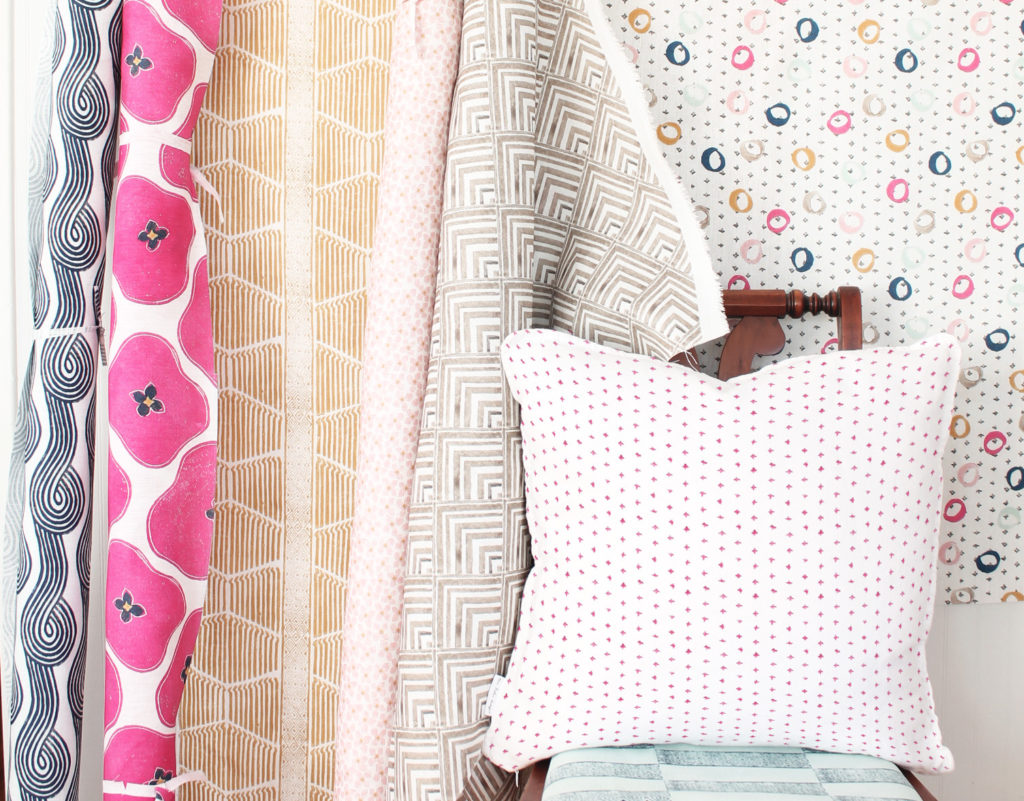
CC: How did you get into working with textiles?
KF: I have been into fibers for as long as I can remember. Growing up, I would cross-stitch, embroider and sew. Even while in grad school, all of my projects centered around the textiles. My final studio project was a hotel I named “Tussah,” meaning silk. And as an interior designer, every design project began with a fabric sample as my inspiration. While in school, Design History was my favorite. I loved learning about the Arts & Crafts Movement and William Morris. I learned about the history of block printing and was first turned on to the graphic patterns of David Hicks and Dorothy Draper.
I was always interested in bringing my love of the past into the future through modern interpretations. It just kind of organically developed that I started experimenting with block printing modern patterns on my favorite textile, linen. The major moment came while the designer I was working for was asked to do a showhouse at the W Downtown [hotel]. For showhouses, a designer usually has to foot the bill themselves and we had a huge wall of windows to “dress.”
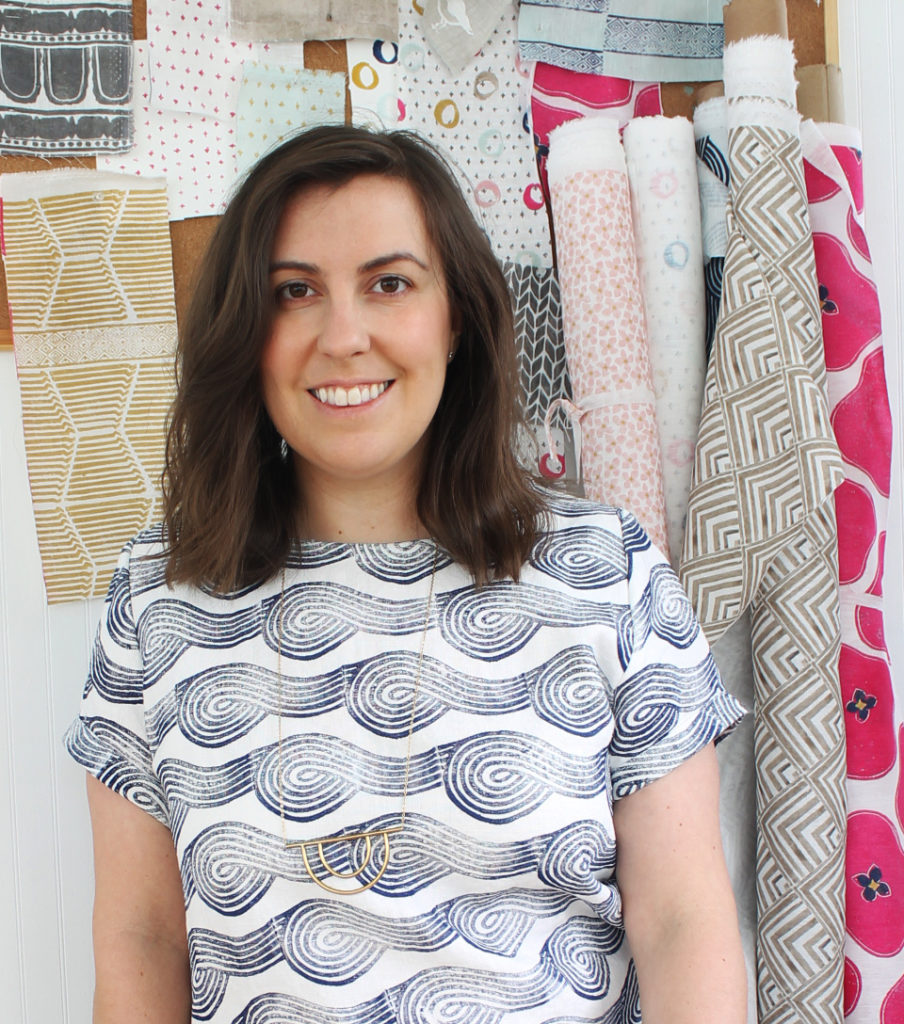
Kari Fisher
I offered up “this block-printing thing” I had been playing with as a way to add some “oomph” to some plain white Pottery Barn linen drapery. It turned out really great and the space even made the cover of Atlanta Homes & Lifestyles
CC: Tell me more about how you develop your style over time.
KF: It really is wild how your style changes over time. When I think about things like Picasso’s Blue Period, it makes so much sense to me. I can look back on the things I have made and see how influenced my work is by my situation and surroundings. I can see growth and maturity, less fuss, more intention. I’m very influenced by the world around me and my experiences, as I’m sure most creatives are. In the beginning, it was my love of design history. Then, it was my travels. Now, my designs are much more influenced by my family. It’s only natural for me to pull from what is going on in my life at that time or else it doesn’t feel authentic. When I’m working on something new, I am always collecting images, colors and motifs on a mood board or sketchbook. Working in pattern design, there is so much sketching. I’m proficient on the computer, but I always have to start by hand.
CC: What are your biggest inspirations?
KF: I’m very inspired by travel… it has all of the things for me. One: A connection to the past through architecture and interior design. Two: Vibe. I love being able to create something tangible that can evoke the feeling of walking down a cobblestone path in a far-off place. Three: Color. Every place has a unique color palette. Four: Texture. Seeing the amazing goods local artisans make is a great source of inspiration.
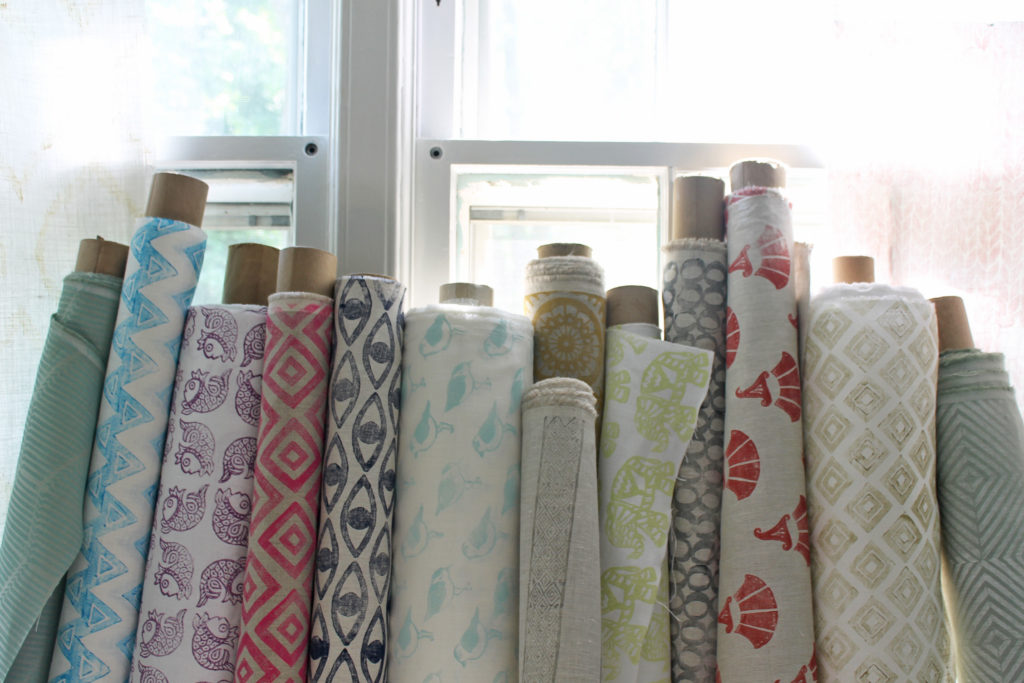
CC: How do you feel about the creative scene in Atlanta?
KF: I think it’s really unique, and small artists have so many great opportunities right now. There is a lot of rule-breaking happening. I live on the edge of Decatur and Kirkwood, and love seeing all of the great street art. Some of my favorite follows are Tiny Doors ATL, Blackcattips and The Small Object. I also used to work at Color Wheel After School Art in downtown Decatur and love how, along with places like Treehouse Kid & Craft and Go Paint Love, there is a thriving atmosphere for young people to experience art.
CC: What keeps you in Atlanta?
KF: I think the creative scene is really good here and I’ve never once thought, “Hmmm, maybe I can do better elsewhere.” Also, I have an awesome side hustle (what creative doesn’t, am I right?) here in Atlanta. I run classes, as well as teach sewing and block printing, at an awesome fabric and sewing shop, Topstitch Studio, in Ponce City Market. It doesn’t get much better than teaching someone how to sew and seeing their eyes light up with pride and possibility.
 CC: What’s your favorite project Kari Fisher Designs project so far?
CC: What’s your favorite project Kari Fisher Designs project so far?
KF: One of the coolest things I’ve been commissioned to do is design and block print some limited-edition tea towels for the Starbucks Roastery location in Seattle. That was really neat. They sent me some really cool designs that I made into blocks and printed. I’ve also had the opportunity to collaborate with some local designers on their own showhouse installations, which usually allows for some out-of-the-box fun.
CC: What do you currently have in the works?
KF: I have a 2-year-old daughter, and it’s completely changed how I’m able to run my business. I’m no longer able to just print yardage all day, so I’ve been working more on some digital prints and small batch hand-blocked projects. Related to my side hustle at Topstitch, I’m hoping to create more hand-blocked garments and handmade goods, as well as release some fabric specific for garments in addition to interiors.
CC: Taking the leap to do what you’re passionate about can be difficult. What keeps you going?
KF: Having supportive people and blocking out the noise has been the biggest factor. It’s easier said than done, but there are plenty of people that will give you the “yeah, buts.” I also highly recommend the book, The Artist’s Way. We used it at Color Wheel and now my copy is all tattered and marked up. I reference it daily. Such a great tool for us creatives to stay focused and nurture our inner child artist. I also struggle a ton! It’s hard not to Instagram-compare yourself to others who make it look so easy.
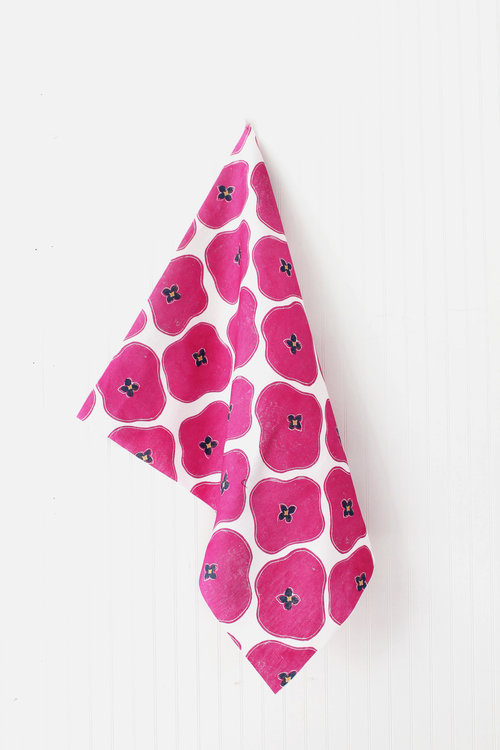 Lately, I’ve really enjoyed following Gretchen Jones. She is very candid and real about listening to your creative voice.
Lately, I’ve really enjoyed following Gretchen Jones. She is very candid and real about listening to your creative voice.
CC: Describe a typical day in your workspace.
KF: It really depends on what stage of the process I’m in. Right now I’m kind of in a development phase. I’ve done a lot of the initial design work. So now I’m back and forth between testing out how colors are printing. Is the scale of the pattern working? Is it the right orientation? I’m also working on some new designs for the sewing shop, and with that, I’m still playing around with different sketches, seeing what will stick, then carving the blocks and test-printing on fabric to see how it will translate from the sketch.
CC: What advice do you have for aspiring artists?
KF: Just do it. Don’t wait for the perfect idea to come to you. Usually, it will reveal itself in the middle of the night after you’ve walked away from the 10 crappy ones you were working on. Also, put it out in the universe. I know a lot of people, myself included, that hold their work too closely to the chest, afraid of criticism or [hearing] “it’s not there yet,” but if no one knows what you do… no one knows what you do!
See more of Kari’s work on her portfolio site and Instagram.





